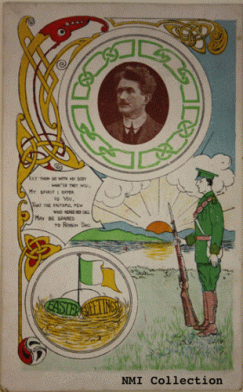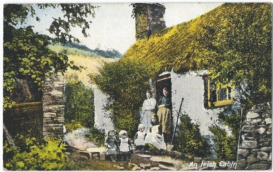On Saturday 29th April, six days after the Rising began, the rebels had been driven from their central position at the GPO. From their new base at No. 16 Moore Street, Patrick Pearse, accompanied by Elizabeth O’Farrell, surrendered unconditionally to Brigadier General Lowe. He was taken to Arbour Hill Prison, from where he issued the surrender order to the various garrisons. By Sunday evening all the outlying garrisons in Dublin had surrendered. When the fighting stopped Dublin could begin to assess its loss. There had been many deaths; about 65 Volunteers, up to 300 civilians and over 100 British Army soldiers had lost their lives, with many more injured. The extent of the physical damage to the city centre could now also be seen, with many areas receiving significant damage, and the areas around the GPO and Middle Abbey Street, Sackville Street, Henry Street and Eden Quay being almost completely destroyed.
Soon afterwards a number of publications appeared featuring photographs of the aftermath of the Rising; Dublin After The Six Days Insurrection by T. W. Murphy, published by Mecredy Percy, Dublin, Dublin and the Sinn Fein Rising published by Wilson Hartnell of Dublin, The Sinn Fein Revolt Illustrated published by Hely’s of Dublin, The Sinn Fein Rebellion Picture Souvenir published by W. & G. Baird Ltd of Belfast, and The Rebellion in Dublin, April 1916 published by Eason & Son Ltd. Souvenir photographs of the Rising were in demand!
Valentine & Sons, a picture postcard company, also produced a set of photo postcards depicting the city, sold in a set of six. These are often seen in museum collections not only as individual cards but also as part of scrapbooks and albums that people made in the months after the Rising. I often think the creation of these albums, containing the postcard photographs alongside newspaper cuttings, is an indication of how the people of Dublin at the time were affected by the sight of the destruction of their city.
This is a selection of photographs taken from Dublin After The Six Days Insurrection, taken by T. W. Murphy. They are full of people, and it always strikes me that life for them had to go on despite the very changed city landscape they suddenly found themselves in.
This weekend was the Object Matters – Making 1916 Conference in Dublin. It was a great event; congratulations to the organisers and the speakers, who gave papers ranging from the 1916 Proclamation, ephemera, internment material and the various public collections, their objects and their exhibitions. I’m looking forward to the proceedings!
© Brenda Malone. This work is original to the author and requires citation when used to ensure readers can trace the source of the information and to avoid plagiarism.
https://libguides.ucd.ie/academicintegrity/referencingandcitation
Sources and general reading used in the creation of these articles are listed on the Further Reading page.


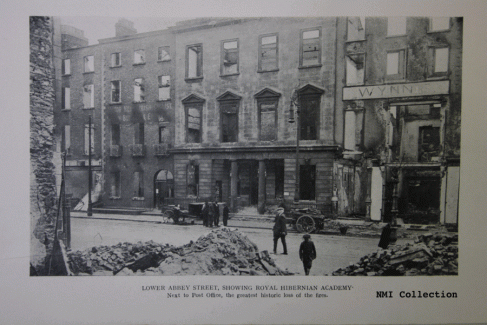



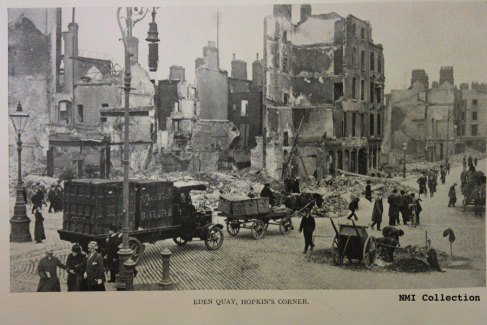




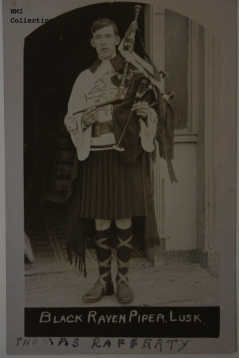






![Fallduff (netPreviously published: net) [GFDL (http://www.gnu.org/copyleft/fdl.html) or CC-BY-SA-3.0 (http://creativecommons.org/licenses/by-sa/3.0)], via Wikimedia Commons](https://thecricketbatthatdiedforireland.files.wordpress.com/2013/04/harry_boland1.jpg?w=390&h=312)
